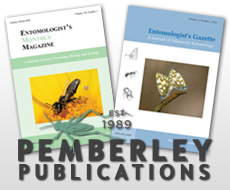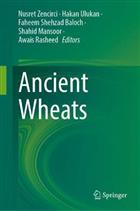Ancient Wheats
- Publisher : Springer
- Illustrations : 67 col illus, 9 b/w illus, 54 col tables
Our customers have not yet submitted a review for this title - click here to be the first to write a review
Description:
Wheat (Triticum L.), an annual herbaceous plant in Poacae (Gramineae) family, settles in the Triticeae (Hordeae) subfamily. The grasses (Poaceae Barnhart) are the fifth largest (monocotyledonous flowering) plant family and of great importance for human civilization and life. Cereal crops such as maize, wheat, rice, barley, and millet are the domesticated ones in the family. It is still the most vital economical plant family in modern times, providing food, forage, building materials (bamboo, thatch), and fuel (ethanol).
Wheat has many accessions in national and international gene banks. The estimated number of wheats by FAO in 2010 is 856,000, and, followed by rice (774,000), and barley (467,000). However, the recent consumer's (misdirected) focus on gluten content and nutritional value urges scientists to reexamine their knowledge about wheat (i.e., origin, evolution, and general and special quality characteristics), as well as their wild relatives and landraces for newer possible genetic resources. Cultured or non-cultured ancestral wheats: einkorn, emmer, wild emmer, spelt, macha, and vavilovii are still limitedly grown on the higher areas in Turkey, Italy, Germany, Morocco, Israel, and Balkan countries. They are exploited mostly for their desired agronomic, and specific quality. In some cultures, wheat species are believed to be therapeutic, with bioactive compounds that reduce and inhibit stubborn illnesses such as diabetes, cancer, Alzheimer, and cardiovascular diseases. In this book, we summarize the importance of ancestral wheat species, and provide a prospect for their future with special considerations in terms of species conservation and improvement.
You may also like...
Studies on Host-Plant Resistance in Rice to the Gall Midge, Orseolia oryzae
Peries, I.D.R.
Price £50.00
(Save £25.00)
Sampling and Monitoring in Crop Protection: The Theoretical Basis for
Binns, M.R.; Nyrop, J.P.; Van der Werf, W.
Price £139.50
International Conference on Integrated Fruit Production Proceedings of the
Polesny, F.; Mueller, W.; Olszak, R.W.
Price £25.00
Integrated Plant Protection in Stone Fruit / Protection Integree en Vergers de
Cravedi, P. (Ed.)
Price £10.00
Agricultural Environments. Characterization, Classification and Mapping:
Bunting, A.H. (Ed.)
Price £15.00










